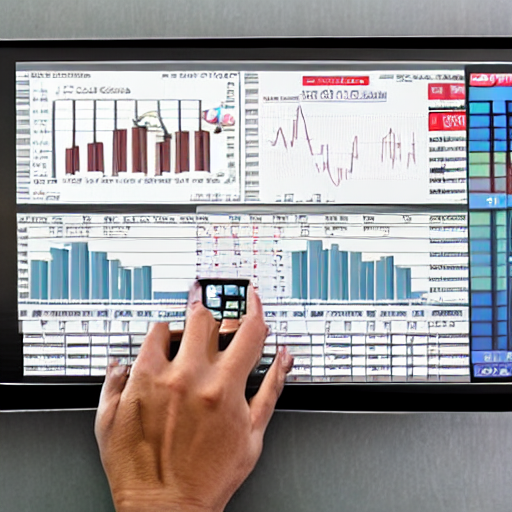Understanding Seasonal Cash Flow
Let's get real here, folks. Seasonal cash flow isn't just some fancy term thrown around by finance nerds. It's the lifeblood of your ecommerce business. It's the pulse that keeps your business alive and kicking. And if you don't get a handle on it, you're setting your business up for a world of hurt.
So what's seasonal cash flow? It's the ebb and flow of cash coming into and going out of your business throughout the year. Think about it. Your sales aren't the same every month, right? You've got your peak seasons when sales are through the roof, and then you've got your slow periods when sales are as flat as a pancake. That's the seasonality of your business, and it directly impacts your cash flow.
Now, here's the kicker. Seasonal cash flow can make or break your ecommerce business. You might be thinking, 'But I'm making sales, I'm good.' Wrong. If you're not managing your cash flow properly, you could be making sales left, right, and center, but still end up in the red. Why? Because sales don't equal cash in the bank. You've got expenses, inventory to manage, taxes to pay. It all adds up.
And here's where it gets tricky. Those slow periods? They can sneak up on you. One minute you're riding high on a wave of sales, the next you're scrambling to pay your bills because the cash just isn't coming in. That's the impact of seasonal cash flow. And it's not just about surviving the slow periods. It's about leveraging the peak seasons to set your business up for success all year round.
So, how do you do that? It starts with understanding your business. Know your peak seasons. Know your slow periods. Plan for them. Budget for them. And most importantly, don't let the highs get to your head and the lows get to your heart. Business is a game of endurance, not speed. And the key to endurance is managing your seasonal cash flow like a boss.
How to Manage Seasonal Cash Flow
Alright, let's get down to the nitty-gritty of managing seasonal cash flow. It's a wild ride, but hey, that's what makes it exciting, right? So, buckle up, because we're about to dive deep into the world of ecommerce finance.
First things first, you gotta understand your business cycle. I mean, really get to know it. Your sales aren't going to be the same every month. You'll have peak seasons and slow seasons. That's just the nature of the beast. But if you understand when those peaks and valleys are, you can plan for them. And planning is everything.
So how do you plan? Well, you gotta forecast. And I'm not talking about the weather here. I'm talking about predicting your sales and expenses. Look at your historical data. What were your sales like this time last year? What about the year before? Use that information to create a forecast for the upcoming season. This will give you a ballpark figure of what to expect.
But here's the kicker. You can't just sit on your laurels once you've got your forecast. You gotta be proactive. You gotta adjust your spending based on your forecast. If you know a slow season is coming up, cut back on your expenses. If a peak season is on the horizon, ramp up your inventory. But always, always, always keep a safety net. Because let's face it, forecasts aren't always 100% accurate.
And that brings me to my next point. You gotta have a contingency plan. What if your sales don't meet your forecast? What if an unexpected expense pops up? You need to have a plan in place to handle these situations. This could be a line of credit or a rainy day fund. But whatever it is, make sure it's there and ready to go when you need it.
Finally, don't forget to review and adjust. This isn't a set-it-and-forget-it kind of thing. You need to be constantly reviewing your cash flow and making adjustments as necessary. If your sales are higher than expected, great! But don't go on a spending spree. Save that extra cash for the slow season. If your sales are lower than expected, cut back on your expenses. Remember, it's all about balance.
So there you have it. Managing seasonal cash flow isn't easy, but it's definitely doable. And with the right planning, forecasting, and adjusting, you can ride those peaks and valleys like a pro. Now go out there and crush it!







